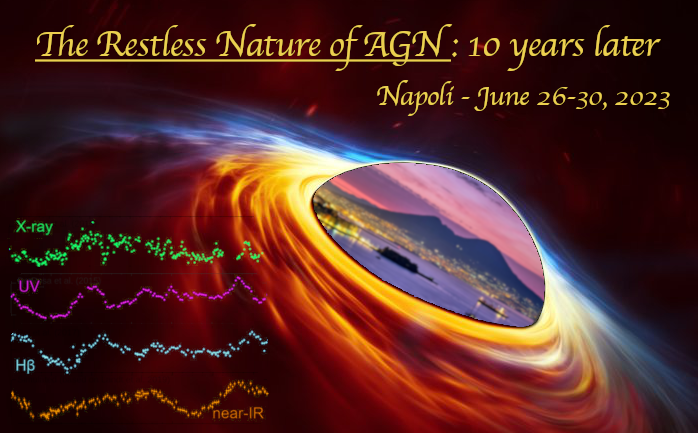Speaker
Description
The eROSITA all-sky surveys (eRASS) continuously scan the sky
along great circles crossing the ecliptic poles. This scanning strategy
covers the full sky every six months and visits the ecliptic poles every
four hours, leading to much longer exposure time and much higher cadence
at the ecliptic poles than the majority of the sky. Between Dec. 2019
and Feb. 2022, the eRASS surveys scanned the full sky more than four
times and observed the ecliptic poles more than 4600 times, with a total
exposure of more than 160ks at the ecliptic poles. Because of the long
exposure near the confusion limit of eROSITA, we treated the region
within 3 degrees of the south ecliptic pole (SEP) separately from the
main part of the eRASS surveys and detected X-ray sources with a
pipeline fine-tuned for such crowed fields. We built a catalog with ~15k
X-ray sources within 3 degrees of SEP (~8k within 1 degree) and
identified their multiband counterparts from a few catalogs including
CatWISE, NSC-DR2, S-CVZ, and GAIA-DR3. Based on multiband colors, we
selected AGN from them and used the AAOmega spectrograph onboard the AAT
telescope to follow them up. A large number of the X-ray sources exhibit
significant variability, including a few particular targets that are
possibly tidal disruption events, AGN shutting down or ignition events,
or quasi-periodic oscillation cases. We study the normalized excess
variance and power spectral densities of AGN with X-ray light curves,
measure their optical properties, e.g., black hole mass, using optical
spectra, and analyze the correlation between them.

